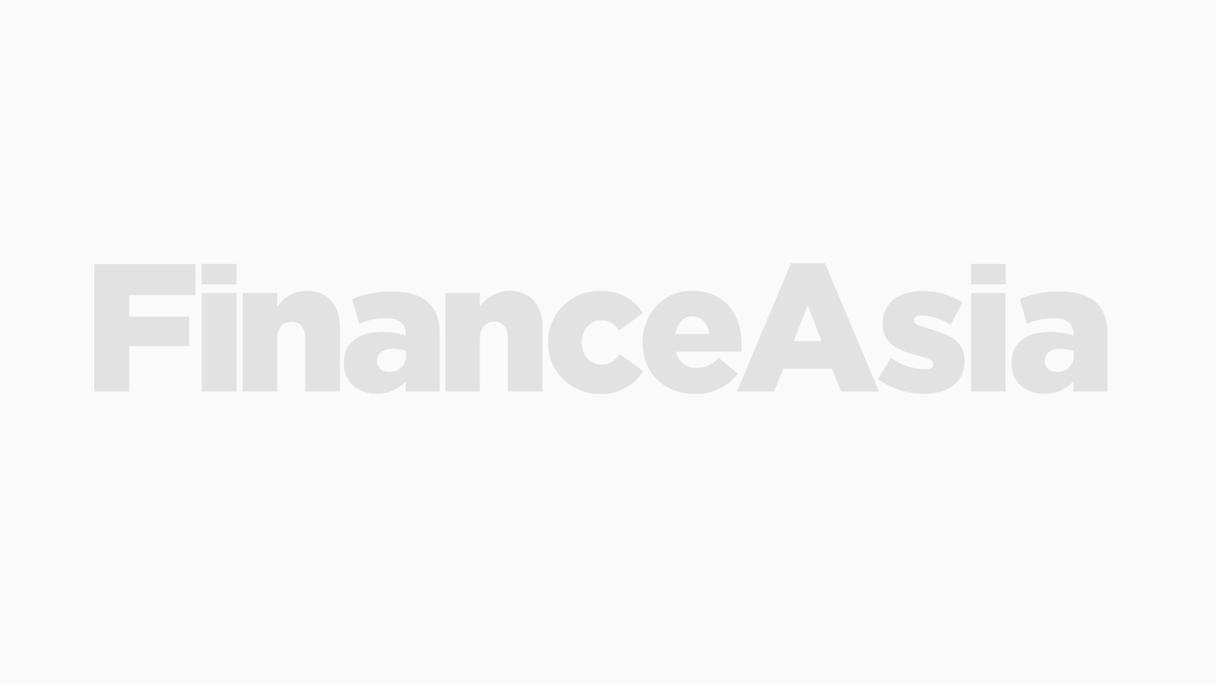For the third time in as many years, Maybank is considering raising up to $300 million from the international subordinated debt markets and observers believe there is a high probability it will go ahead with a transaction by the end of May at the latest.



